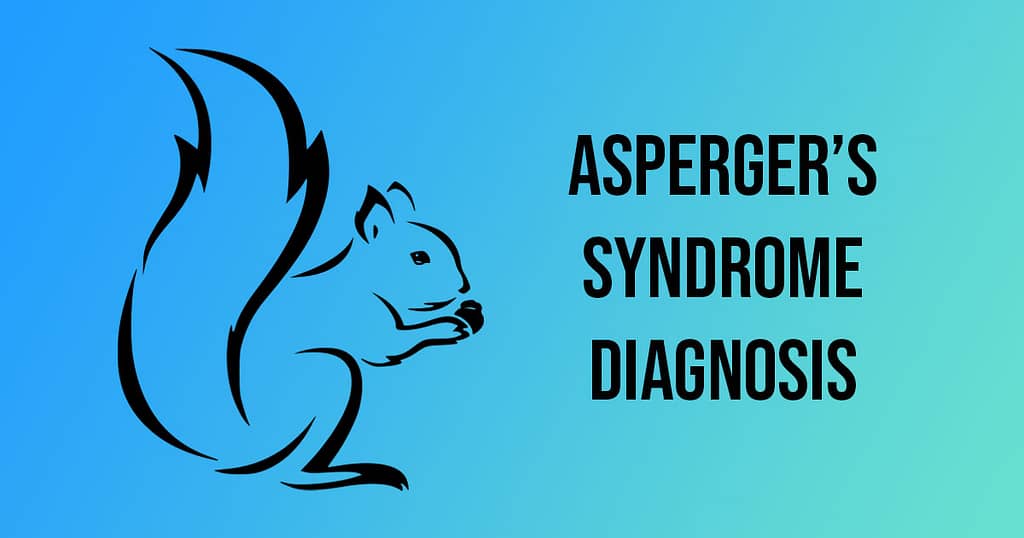How Asperger’s Syndrome is diagnosed
To get a formal diagnosis of Asperger’s Syndrome as an adult, you may undergo neuropsychological testing with a psychiatrist. The medical professional will interview you about your symptoms and behaviour. They may also give you written or computer-based tests to compose a full picture of your language, communication, and cognitive abilities.
These assessments are based on the American Psychiatric Association’s Diagnostic and Statistical Manual of Mental Disorders, which is the principal authority for psychiatric diagnoses in the US and is adopted widely throughout the world. The current version is the fifth edition and is commonly referred to as DSM-5. DSM-5 recategorises Asperger’s Syndrome as part of a broader diagnosis category known as Autistic Spectrum Disorder (ASD).
H3 Ritvo Autism & Asperger's Syndrome Diagnostic Scale
A tool frequently used for diagnosing Asperger’s Syndrome is the Ritvo Autism & Asperger Diagnostic Scale, which is an 80 item document that measures the responses of individuals against 4 criteria groups:
- Social Relatedness
- Circumscribed interests
- Language
- Sensory-motor
The 4 categories look more specifically at the following:
Social Relatedness
The social relatedness subscale is made up of 39 statements. The focus of these statements is on:
- Mentalisation: Challenges with understanding what others are thinking or feeling.
- Mutual interests: Preferring to be with people with whom you share interests.
- Outsider: Being considered ‘different’.
- Bluntness: Being called rude; or that you have asked embarrassing questions; or pointed out when others have made an error.
- Dialectical reciprocity: Difficulties knowing when it is your turn to talk in a conversation or on the phone.
- Emotional reciprocity: Difficulty knowing when a person is flirting with you.
- Auditory processing issues: Challenges talking with several people at the same time.
- Object permanence: Not missing people when they’re absent.
- Maintaining relationships: Challenges making or keeping friends.
- Nonverbal communication: Challenges understanding body language.
- Mimicry/imitation: Copying others’ behaviour to fit in.
- Camouflaging/Masking: Hiding your automatic behaviours to fit in with others.
Circumscribed interests
The circumscribed interests subscale is made up of 14 statements. The focus of these statements is on:
- Details preference: focuses on details before the big picture, but can do both.
- Upset when the unexpected occurs: A dislike of someone changing your routine – this does not mean that you stick to your own routine, just that you dislike someone else changing YOUR routine.
- Special interests: Speaking about them, having them
Language
The language subscale is made up of 7 statements. The focus of these statements is on:
- Movie talk: Friends notice you’ve heard something new because you start using the word or phrase regularly.
- Small talk: A light conversation about unimportant things that people make during social interactions – instead of topics that are actually interesting and fun to talk about.
- Being literal: Having challenges when ‘what is said’ language does not match ‘what is meant’ language.
Sensory-Motor
- Voice volume challenges: Talking very loud, not loud enough, or significant fluctuations between the two.
- Voice differences: Speaking monotone, like a child, or in silly voices.
- Motor control issues: Clumsiness and being uncoordinated.
- Sensory: Sensory stimulation that doesn’t bother others can be painful and overwhelming. The experience can differ significantly at various times or be context-dependent. You may get anxious when overstimulated.
MY ASPERGER'S SYNDROME ASSESSMENT
My formal diagnosis took place at the end of July 2022. I was sent a Ritvo document, which I duly completed and returned in advance of my appointment.
I then had a structured discussion with my psychiatrist before he scored my Ritvo scale answers. A score above 77 indicates a likelihood of Autism and the maximum score is 240. I scored 190. For someone with ADHD, which can counteract some of the criteria, this score is very high.
The sub criteria scored as follows:
- Social relatedness 101 (threshold >31, max 117)
- Circumscribed interests 33 (>15, max 42)
- Language 14 (>4, max 21)
- Sensory-motor 42 (>16, max 60)
Therefore, my diagnosis in terms of ICD-10 (International Classification of Diseases) is:
Asperger’s Syndrome F84.5 (Autism Spectrum Disorder).
Controversy surrounding Dr Hans Aspereger
Although DSM-5 redefines Asperger’s Syndrome as Autistic Spectrum Disorder, I am currently choosing to use Asperger’s Syndrome to describe my condition. This is because the name is widely known, if not yet so widely understood, and hopefully takes away some of the confusion that can result from drawing on the wider parameters of Autism. This decision is, however, problematic for me as Dr Asperger has been proven to have aided and supported euthanasia programs carried out by the Third Reich during World War II, specifically ones aimed at children who were deemed to be ‘unworthy to live’. I look forward to the day when the wider world understands Autism more readily, and the name Asperger can be superseded by something more appropriate, something akin to X-men perhaps!


 [wpforms id=”1191″ title=”true”]
[wpforms id=”1191″ title=”true”]